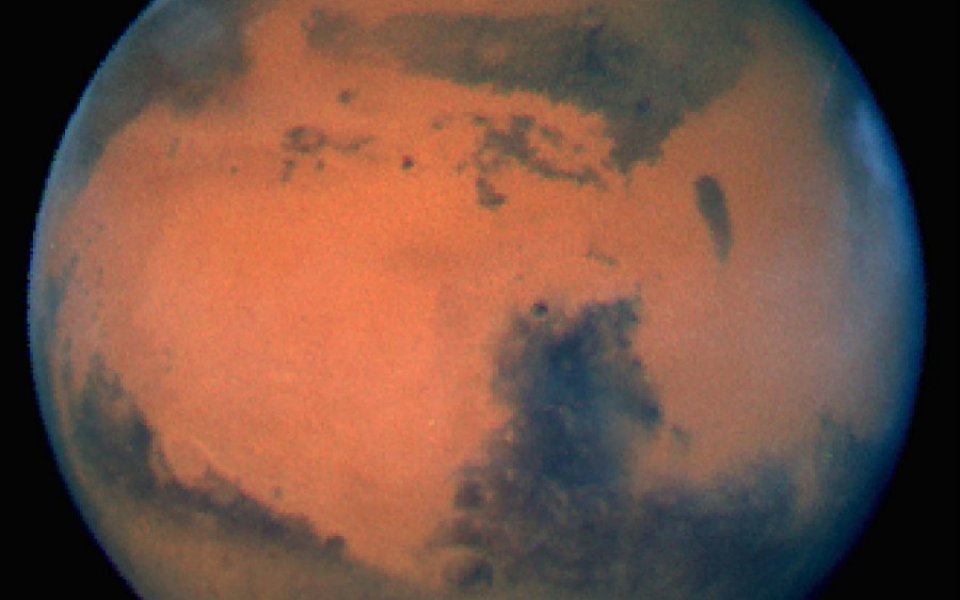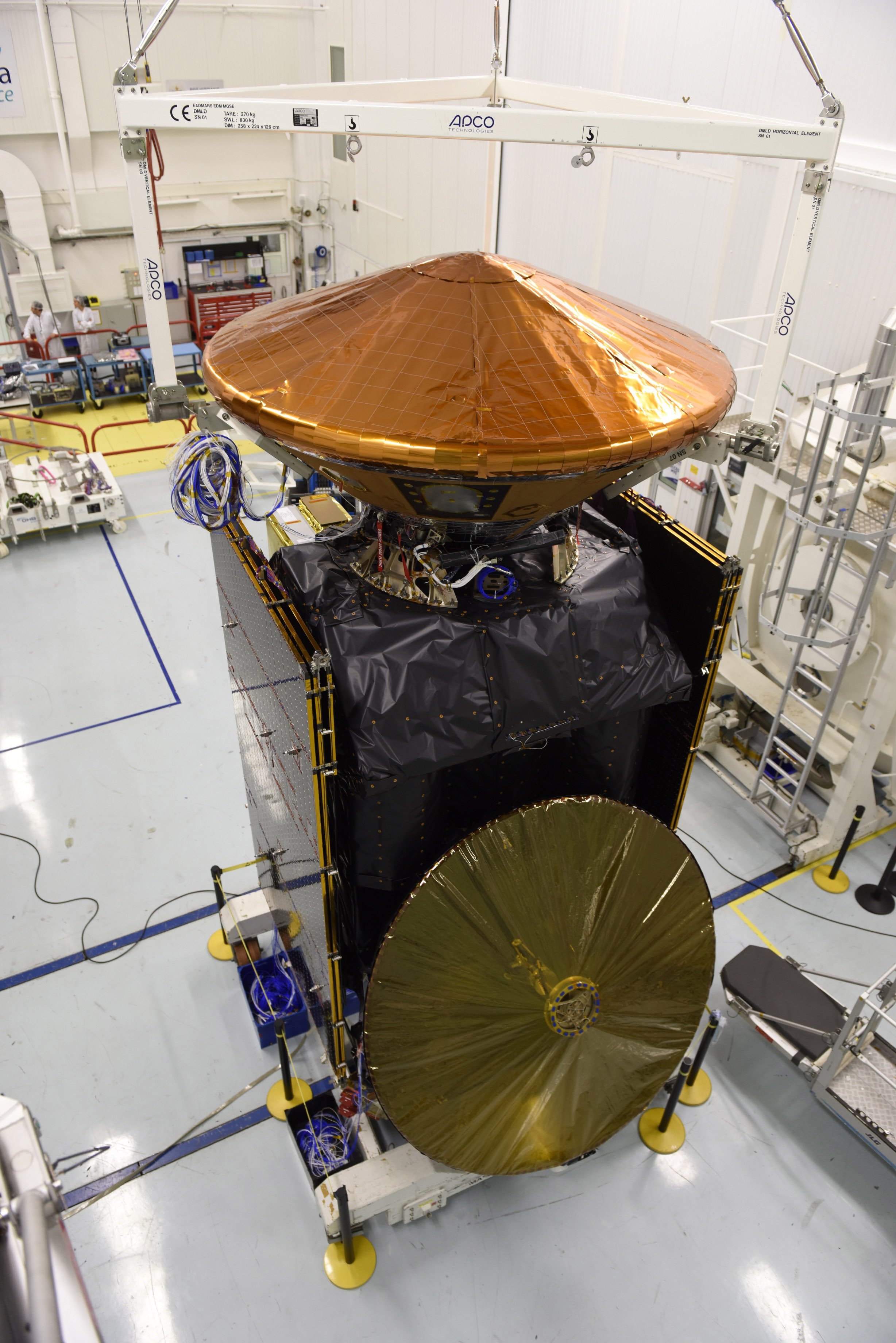Europe’s latest Mars mission is almost ready for take-off

Europe is preparing to send its latest Mars mission into space, and the craft involved are just about ready for take-off.
In March 2016, the European Space Agency (ESA) and Russian space agency (Roscosmos) will launch their joint ExoMars mission from Baikonur in Kazakhstan, with the vehicles sent up aboard Russian Proton rockets.
The first of the two parts – the Trace Gas Orbiter (TGO) – will be responsible for determining the abundance and distribution of methane on the surface of the planet, while the second part – the Schiaparelli – will be used to demonstrate a wide range of technologies that can be used in future Mars landings. Yesterday, the ESA opened up its vehicles for public viewing in Cannes, France, where the finishing touches are being made.
Read more: Nasa Mars water discovery announcement 2015: There's flowing water on the red planet
“TGO will analyse ‘trace gases’ in the atmosphere,” said Håkan Svedhem, ESA’s project scientist. “Even though they make up less than one percent of the atmospheric inventory, they should provide key indicators to the nature of any active processes, helping us to determine just how ‘alive’ Mars may be today.”
TGO will also monitor seasonal changes in the composition and temperature of the atmosphere, and will map the subsurface to look for hidden water ice.

The TGO will monitor changes in surface temperature and composition (Source: ESA)
One of the technologies set to be tested by the Schiaparelli is the probe needed to land a second ESA mission on Mars in 2019.
It hasn't been easy for the ExoMars team to get this far with their mission – since it was approved by the ESA member states in 2005, it has encountered a series of obstacles.
“It’s been a long road for ExoMars to reach this point, but we are now ready to launch in spring next year,” said Alvaro Gimenez, ESA director of science and robotic exploration. “We are about to begin a new era of Mars exploration for Europe and our Russian partners.”
It's not the first Mars mission the ESA has ever sent into space – in 2003 it launched the Mars Express Orbiter up to circuit the red planet.